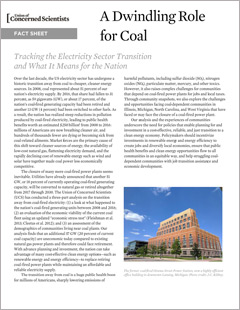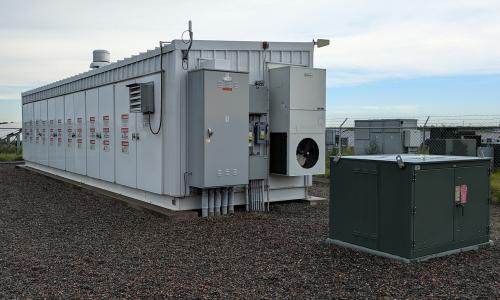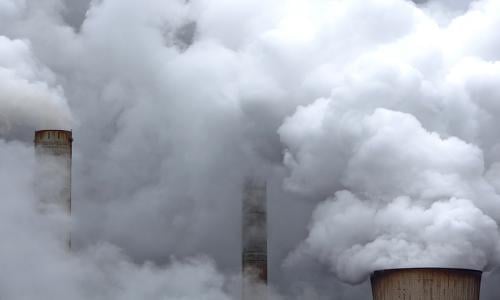There’s a historic transition underway in the US electricity sector, as coal power gives way to newer, cleaner technologies.
But exactly how rapid and dramatic has the transition been—and what’s going to happen in the next few years?
The share of US electricity coming from coal fell from 51 percent in 2008 to 31 percent in 2016—an unprecedented change. New UCS analysis finds that, of the coal units that remain, roughly one in four plans to retire or convert to natural gas; another 17 percent are uneconomic and could face retirement soon.
The closure of a coal plant raises complex issues. While hugely beneficial to public health, closures also raise concerns about jobs and the local tax base for surrounding communities. Our community snapshots document these and other challenges, underscoring the need for a fair and thoughtful transition.
Then vs. now
Between 2008 and 2016, 17 percent of US coal capacity retired. Another 4 percent converted to other fuels, mostly natural gas.
These closures led to:
- 80 percent less sulfur dioxide, a source of acid rain,
- 64 percent less nitrogen oxide, a key component in smog,
- 34 percent less carbon dioxide, a heat-trapping gas.
Unfortunately, an increase in natural gas-fired generation over that time has partly undermined emissions reductions, particularly carbon dioxide.
The number of people living near an operating coal plant (within 3 miles) has plummeted, from around 8.5 million in 2008 to 3.3 million in 2016.
Market forces have been the primary driver behind the transition, especially cheap natural gas. The falling cost of renewable energy has also played a role: recent cost comparisons show that new wind and solar are now cheaper than new fossil fuel plants, even without subsidies.
Looking ahead
The transition away from coal will almost certainly continue. Utilities are already planning to retire another 13 percent of the nation’s coal generating capacity. An additional 5 percent will either retire or convert to natural gas.
Beyond those already slated for retirement or conversion, a further 20 percent of 2016 coal generating capacity is uneconomic compared to existing natural gas. That represents 17 percent of the coal units that were operating at the end of 2016.
Our colleagues at the Southern Alliance for Clean Energy make the case that wind and solar are a viable alternative for some of these uneconomic coal plants in the Southeast.
Our analysis also found a significant number of units on the line between competitive and un-competitive. Even a slight increase in their costs—or a slight decrease in the cost of competing technologies—could make them uneconomic.
On the ground
What happens when a coal plant closes? The answer, invariably, is “it depends.” Our case studies, available above and in fullscreen, illustrate the different hardships—and opportunities—that arise when communities transition away from coal.
- A retired coal plant in Lansing, Michigan, sat empty for years until an insurance company repurposed it to serve as their LEED-certified headquarters
- A notoriously dirty plant in Chicago retired after years of community activism, only to reveal new and ongoing pollution concerns
- The different perspectives of regulators, industry, and concerned citizens are well illustrated in North Carolina's uneconomic Roxboro plant
- One group in rural West Virginia is helping young people and former coal workers develop and apply their skills in agriculture, construction, and even solar energy.
As more coal plants close, the importance of investing in these and other impacted communities will only grow. Policy makers should prioritize economic development and job transition assistance, alongside other investments in renewable energy and energy efficiency.
Got Science? Podcast
Dr. Jeremy Richardson, senior energy analyst at the Union of Concerned Scientists, discusses the report, talks to a number of innovators in his home state of West Virginia about how they are transitioning away from coal, and relays the experience of environmental justice advocates fighting to improve public health in their communities.




